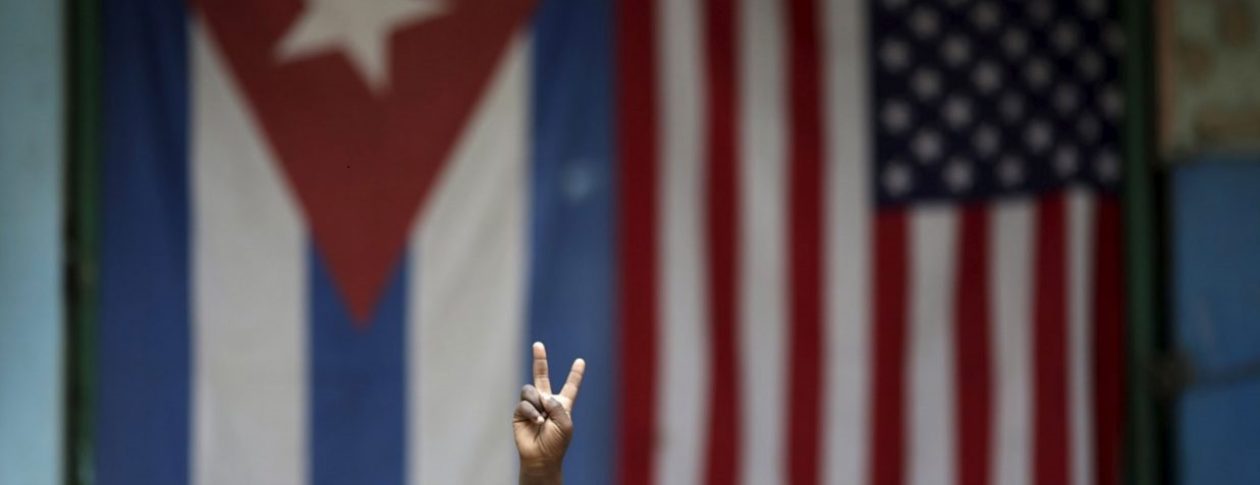
Moscow.— “It will be the first time that President Miguel Díaz-Canel Bermúdez personally attends the Supreme Council of the Eurasian Union, but before that, he always participated via videoconference or sent a video message,” Russian presidential advisor Yuri Ushakov told reporters on Monday.
Referring to the presence of the Cuban head of state in this city, Ushakov recalled that Cuba is an observer state in the Eurasian Economic Union (EEU) since 2020.
“I would like to note, especially – he emphasized – that Cuba is the only partner of the EEU outside the region with a similar status.”
Ushakov also reported that President Putin would hold a meeting with his Caribbean counterpart, and that the two would assess the two countries’ ties in all spheres, including politics, diplomacy and economic cooperation. “It will be an important conversation,” Vladimir Putin’s advisor said, according to a report by Sputnik.
RUSSIA AND CUBA: STRATEGIC RELATIONS
Economic-commercial relations between Cuba and Russia are strategic, qualify both governments.
They constitute links that, in recent years, have experienced a growing strengthening, said, weeks ago, Vice Prime Minister Ricardo Cabrisas Ruiz, at the XXI Session of the Intergovernmental Commission for Economic-Commercial and Scientific-Technical Collaboration, which he directs, together with the Vice President of the Russian Government, Dmitri Chernyshenko.
In statements made during the exchanges in Moscow last March and reported by Prensa Latina, the also head of the Ministry of Foreign Trade and Foreign Investment stressed that 2023 was a milestone in the methods of joint work, and was the turning point for the beginning of the effective participation of Russian businessmen in Cuba’s National Economic and Social Development Plan until 2030.
However, Cabrisas added, “we need to move on to the concretion of results, based on the latent needs of our countries and shared visions of development”.
The will to achieve results and to continue promoting relations, including new fields, has been one of the threads that have marked the exchanges between Presidents Díaz-Canel and Putin, who will now meet again in the Kremlin to continue opening roads on mutually advantageous bases.
As a result of these meetings and the systematic exchange of high-level and technical delegations, there are more and more milestones in bilateral relations, such as this year’s agreements for the supply to the island of hydrocarbons, wheat and fertilizers, based on Russian state credits.
The economic, commercial, financial and cooperation links between both nations extend to sectors such as energy, industry, banking, agriculture, health, transportation, geology and mining, information technologies and communications, among others.
Also noteworthy is the increased presence of Russian tourists on the island. Based on the political will of both states and governments, it is a boom propitiated by the increase in air routes and the use of MIR cards in the Cuban banking system, among other strengths that local tour operators always ponder. The Russian market has become the third largest for the Cuban tourist offer.
Although less spectacular, because it can only be verified over the years, it is worth mentioning that in the last five calendars the commercial exchange of goods (excluding services) between Cuba and the Russian Federation was only surpassed by those with Venezuela, China, Spain and Canada, which is why it has become the fifth largest trading partner of the Caribbean nation.
A EURASIA THAT SEEMS FAR AWAY, BUT IS CLOSE AT HAND
The EEU consists of Russia, Belarus, Kazakhstan, Kyrgyzstan and Armenia. On May 29, 2014, the presidents of the first three countries signed the treaty creating the union, which entered into force on January 1, 2015, and would later be joined by the other two nations.
In May 2018, the EEU and Cuba signed a memorandum of understanding aimed at eliminating barriers to trade and investment and increasing mutually beneficial collaboration.
Along with the traditional areas of exchange that the island had with these countries of the former Soviet Union, such as industry and agriculture, it was also aimed at advancing in new branches, such as pharmaceuticals and biotechnology, in which the land of José Martí has much to contribute.
It also favors the geographical position of the island to be a bridge between those nations and Latin America and the Caribbean. Then, in 2019, the first session of the Joint Commission was established, and a business forum was held. Since then, the exchanges of high-level and technical delegations have been permanent.
Last December, at the previous meeting of the Supreme Council of the EEU, Díaz-Canel, via videoconference, stressed that “Cuba will continue to be actively involved in events and activities of the Eurasian Economic Union, to promote a mutually beneficial collaboration within the Union”.
As part of the permanent process of strengthening ties, the Third Cuba-Eurasian Economic Union Joint Meeting was held in Havana on January 15, headed by Sergey Glaziev, Minister of Integration and Macroeconomics of the Eurasian Economic Commission, its permanent regulatory body.
At the closing of the commission, Cabrisas Ruiz called for “converting what was signed into profitable and sustainable joint projects in order to build solid ties that will allow us to take advantage of existing opportunities for the benefit of mutual growth”.
Glaziev, who was received by Díaz-Canel at the Palace of the Revolution, affirmed that the bloc would “favor, from every point of view, our commercial and economic exchange”.

